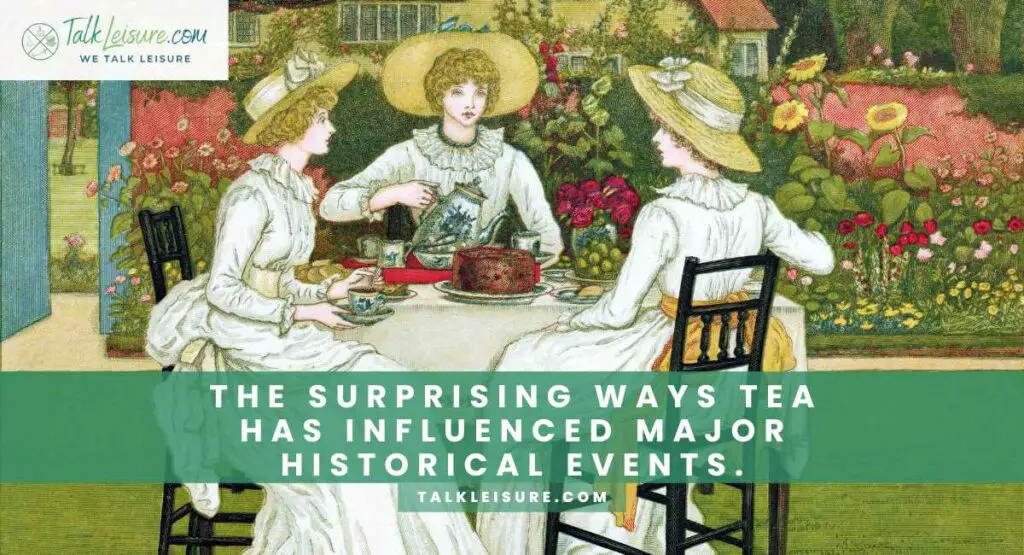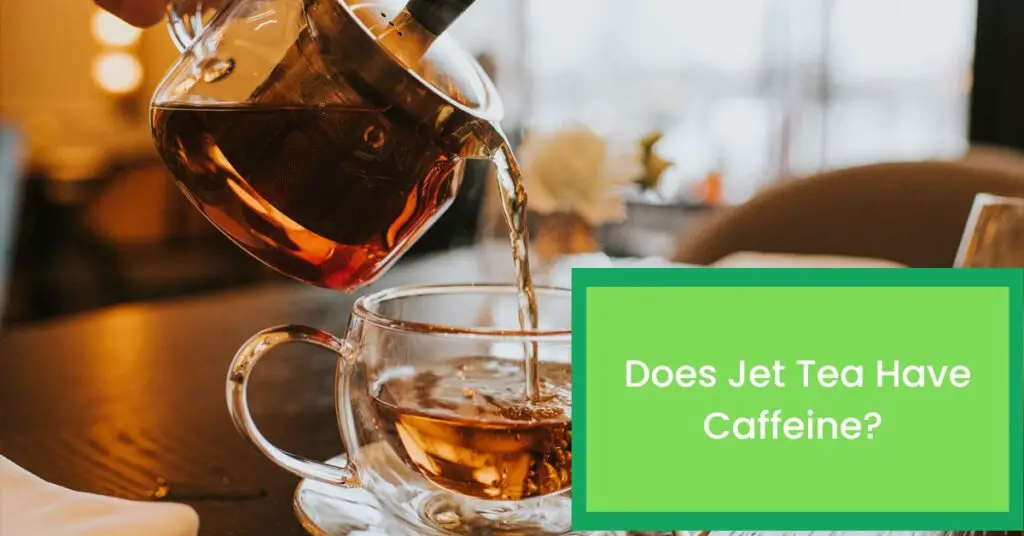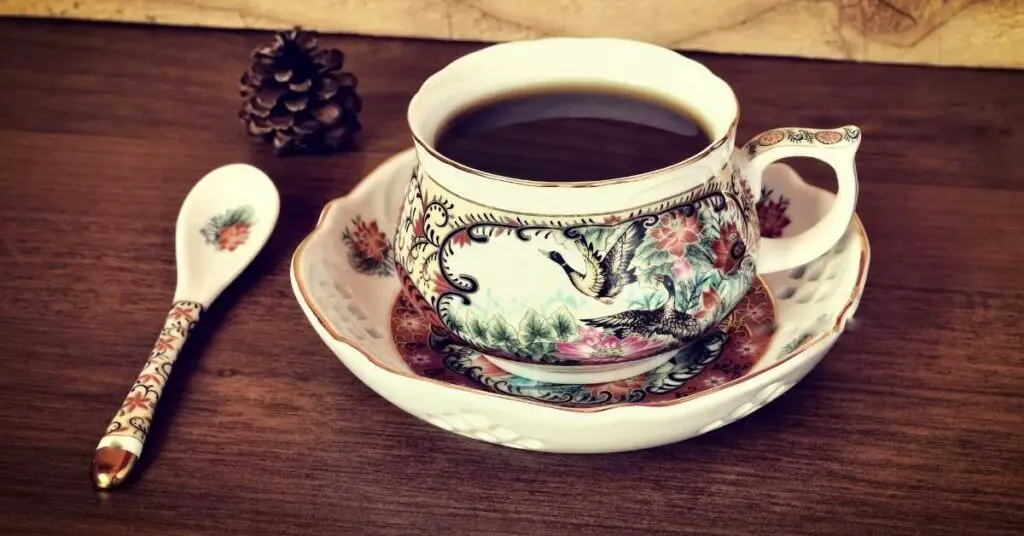Hey there, fellow tea enthusiasts! Buckle up, because we’re about to embark on an aromatic adventure through the vibrant tea gardens of India, Sri Lanka, and China. Get ready to sip on knowledge and bask in the beauty of sprawling tea estates that are as lively as a summer’s day at the beach.
Now, you might be wondering, “Why on earth should I care about tea gardens?” Well, my friend, hold onto your teacup because I’m about to spill the (figurative) tea on why this journey is worth every steeping minute.
First things first, have you ever wondered where your morning cup of liquid motivation comes from? It’s not just a bunch of dried leaves thrown in hot water, oh no. It’s a symphony of flavors, a dance of aromas, and a journey that spans continents.
But why India, Sri Lanka, and China, you ask? Well, let me tell you, these countries aren’t just known for their stunning landscapes and rich cultures. They’re the powerhouse trio when it comes to tea production. We’re talking about the OGs of the tea game, my friend.
India, with its misty hills and lush valleys, is where the magic of Darjeeling and Assam happens. Sri Lanka, the emerald jewel of the Indian Ocean, is a paradise for tea lovers, boasting estates that rival the beauty of any tropical beach. And then there’s China, the birthplace of tea itself, where every sip feels like a walk through centuries of tradition.
Now, let’s address the elephant in the room: why should you care about SEO optimization in a blog post about tea gardens? Well, it’s simple. SEO is like the secret ingredient that makes your blog visible to the world. It’s what brings curious readers to your virtual tea table, ready to soak in every word you’ve brewed.
So, my dear reader, prepare to be steeped in knowledge and entertained by tales from the finest tea gardens across these three tea-loving nations.
We’ll journey through mist-covered mountains, explore lush plantations, and maybe even share a chuckle or two along the way. Get ready, because the teapot’s about to whistle and our adventure is just beginning!
Also read: The mesmerizing process of hand-rolling artisanal tea leaves.
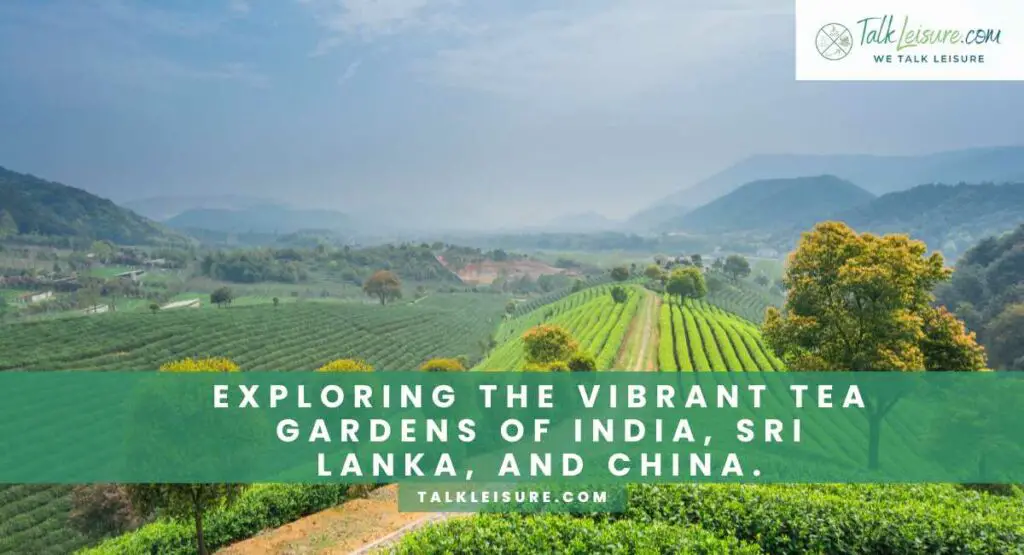
Lively Tea Plantations in India
Alright, tea aficionados, let’s kick off our journey with a tour of some of the most lively and enchanting tea plantations in the heart of India. These aren’t just gardens; they’re veritable kingdoms of tea, each with its own unique character and charm.
Darjeeling: The Champagne of Teas
Ah, Darjeeling, the crown jewel of Indian teas! Nestled in the emerald arms of the Eastern Himalayas, this is where the Champagne of teas is crafted. The misty peaks and cool climate impart a unique muscatel flavor that’s pure magic in your cup.
Assam: The Bold Heart of Indian Tea
If tea had a beating heart, it would thump away in Assam. This is where the bold, robust flavors of Indian tea come to life. With vast, rolling estates as far as the eye can see, Assam’s tea gardens are a testament to the sheer scale of tea production.
Valparai: Nature’s Abode in the Western Ghats
Valparai, a place where tea meets untamed nature Tucked away in the Western Ghats, this region is not just about tea gardens; it’s about being one with the wild. Tea here is a blend of human artistry and nature’s raw beauty.
Dharamsala: Where Tranquility Meets Tea
Picture this: lush green slopes, mist-kissed mornings, and the crisp mountain air carrying the promise of a perfect brew. That’s Dharamsala for you. Tucked away in the serene embrace of the Himalayas, this tea haven is where tranquility and tea leaves entwine in a dance of flavors.
Munnar: Misty Mountains and Lush Tea Gardens
Munnar, the name itself conjures images of rolling hills blanketed in a sea of vibrant green. Located in the Western Ghats of Kerala, this is a place where mist-draped mountains cradle some of the most picturesque tea gardens in the world.
Corramore Tea Estate: A Heritage Steeped in Tea
Corramore Tea Estate, a name steeped in history. Here, every tea bush tells a tale of legacy, where generations have perfected the art of tea cultivation. It’s not just a garden; it’s a living museum of tea’s journey through time.
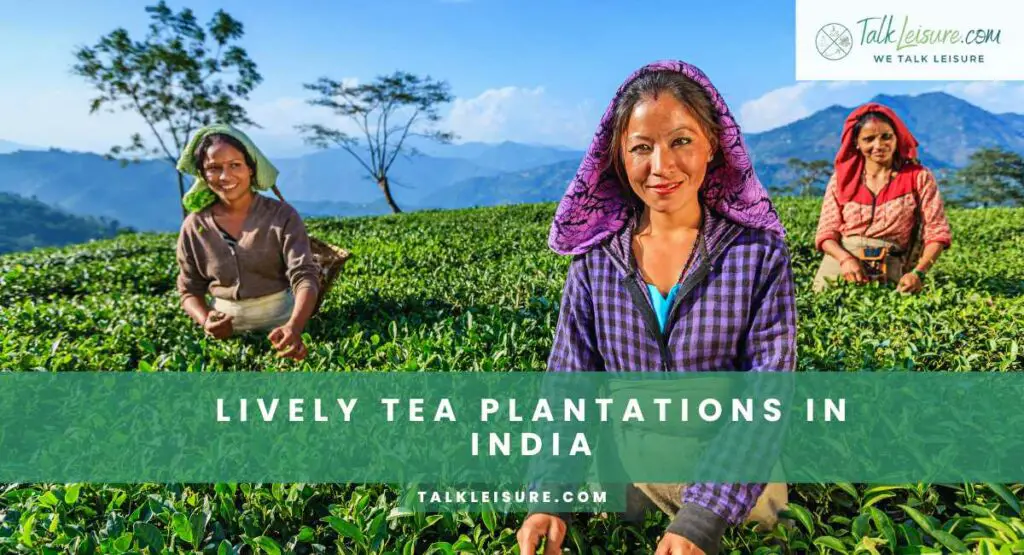
Kangra: Where Ancient Traditions Meet Modern Cultivation
Kangra, where the old and the new converge in a symphony of tea. With a history that stretches back to the 19th century, this region brings together traditional methods and modern techniques to create teas that are a true reflection of India’s diverse culture.
Temi Tea Garden: Sikkim’s Emerald Gem
In the lap of the Himalayas lies Sikkim, and within Sikkim lies the gem that is Temi Tea Garden. Perched at an altitude of 4,000 feet, this estate not only offers stunning views but also produces some of the most delicate and exquisite teas you’ll ever taste.
Kurseong: Serenity Woven in Tea Fields
Kurseong, a name that rolls off the tongue like a soothing cup of tea. This town in the Darjeeling district is a sanctuary of serenity, where tea fields sway in harmony with the Himalayan winds. It’s a place where time slows down, and every sip is a moment of zen.
Dibrugarh: Unraveling Assam’s Tea Legacy
Dibrugarh, where Assam’s tea legacy unravels. This bustling city is the gateway to the world of Assam tea. With sprawling estates and a history steeped in the love for tea, it’s a place where every sip is a journey through time.
Manohari Tea Estate: Exquisite Teas from Assam
Manohari, where Assam’s teas take center stage. This estate is known for producing some of the most exquisite teas in the region. With a focus on quality and innovation, every cup from Manohari is a testament to the potential of Assam tea.
Also read: A deep dive into Matcha: history, preparation, and benefits.
Energetic Tea Estates in Sri Lanka
Alright, fellow tea adventurers, it’s time to set our sights on the emerald isle of Sri Lanka. Here, amidst lush green landscapes and misty hills, we’ll explore the energetic tea estates that make this island nation a true paradise for tea lovers.
Dimbulla: Timeless Elegance in the Central Highlands
Dimbulla, a place where elegance meets timelessness. Situated in the heart of Sri Lanka’s central highlands, this region is known for producing teas with a distinctive character. The cool climate and rich soil impart a depth of flavor that’s as refined as it is captivating.
Nuwara Eliya: Essence of Ceylon’s Tea Majesty
Nuwara Eliya, the very essence of Ceylon’s tea majesty. Perched at an altitude that touches the sky, this region boasts some of the highest tea gardens in Sri Lanka. The crisp air and misty mornings create teas that are as invigorating as the cool mountain breeze.
Uda Pussellawa: Where Mountains Cradle Tea Gardens
Uda Pussellawa, a region where mountains cradle tea gardens in their protective embrace. Nestled in the central highlands, this area is known for its rolling hills and terraced plantations. The teas from here are a testament to the harmony between nature and cultivation.
Badulla: Enchanting Beauty in the Eastern Highlands
Badulla, where enchanting beauty meets the eastern highlands of Sri Lanka. Here, amidst the rugged terrain, tea gardens flourish in a landscape that’s as challenging as it is breathtaking. The teas that emerge from Badulla are a triumph of human perseverance and nature’s resilience.
Sabaragamuwa: Journey into Sri Lanka’s Heartland
Sabaragamuwa, a journey into the heartland of Sri Lanka. This region, with its undulating hills and fertile valleys, is a tapestry of tea gardens that stretch as far as the eye can see. The teas from Sabaragamuwa carry the essence of the island’s rich cultural heritage.
Ruhuna: Sun-kissed Harvests in the Deep South
Ruhuna, where sun-kissed tea leaves sway in the gentle breeze of the deep south. This region, with its warm climate and abundant sunshine, produces teas that are bold, robust, and full of character. It’s a taste of Sri Lanka’s southern spirit in every cup.
Kandy: Cultural Hub and Tea Paradise
Kandy, a city that’s not only a cultural hub but also a tea paradise. Nestled in the central highlands, it’s a place where history, tradition, and tea-making expertise converge. The teas from Kandy carry a flavor that’s as rich and diverse as the cultural tapestry of the city itself.
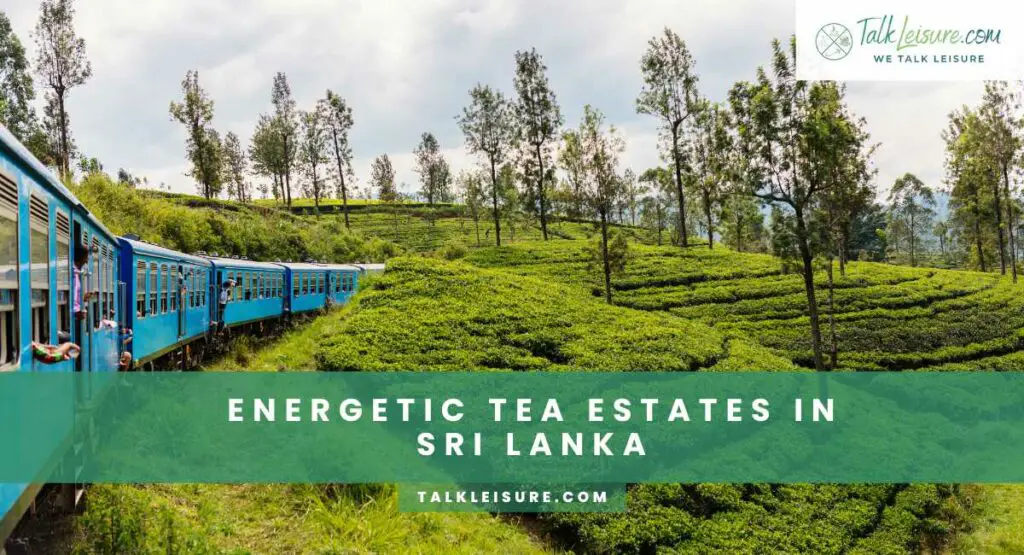
Pedro Tea Estate: Majestic Views of Nuwara Eliya
Pedro Tea Estate, a place of majestic views in Nuwara Eliya. Set against the backdrop of Sri Lanka’s highest peak, this estate offers not only breathtaking scenery but also teas that carry the essence of this pristine landscape. Every cup is a sip of Nuwara Eliya’s natural splendor.
Mackwoods Tea Plantation- Legacy Amidst Kandy’s Hills
Established in 1841, Mackwoods has a rich heritage in tea, making it one of the oldest tea companies in Sri Lanka. The center provides guided tours that take you through the tea-making process, from plucking the leaves to the final stages of processing. Visitors can also witness traditional methods of tea production and gain insights into the nuances of tea tasting.
Moreover, Mackwoods Tea Centre offers a range of premium Ceylon teas for purchase, allowing guests to take a piece of Sri Lanka’s tea legacy home with them. The center’s idyllic location amidst lush green plantations provides a serene backdrop for tea appreciation.
Blue Field Tea Estate – Grown at High Altitudes
Blue Field Tea Estate, situated in the verdant landscapes of Sri Lanka, is a gem for tea enthusiasts. This picturesque estate in the heart of Nuwara Eliya offers guided tours, allowing visitors to witness the meticulous process of tea production. From plucking to processing, guests gain a deeper understanding of Ceylon tea. The estate’s premium teas are also available for purchase, making it a perfect destination for tea connoisseurs looking for quality and authenticity.
Dynamic Tea Farms in China
Alright, dear tea explorers, get ready to hop across the Himalayas and delve into the dynamic world of Chinese tea farms. China, the birthplace of tea, is a land where every hill and valley seems to whisper secrets of centuries-old tea traditions.
Xinan: Tea Heritage in Every Leaf
Xinan, where every leaf carries the weight of tea heritage. This region, nestled in the heart of China, is a living testament to the country’s love affair with tea. From traditional processing methods to modern innovation, Xinan is a celebration of tea in all its forms.
Jiangnan: Where Tradition Meets Innovation
Welcome to Jiangnan, a region where tradition and innovation entwine in a dance of tea-making. Situated in the south of China, it’s a place where ancient tea wisdom meets modern cultivation techniques, resulting in teas that are a testament to the ever-evolving art of tea.
West Lake Longjing (Meijiawu): Dragon Well Delights
West Lake Longjing, or Dragon Well Tea, is the crown jewel of Hangzhou. Legend has it that this tea was once the Emperor’s favorite, and after one sip, you’ll understand why. The flat, slender leaves produce a delicate infusion that’s a true treat for the senses.
Huanan: Echoes of Ancient Tea Culture
Huanan, a region steeped in echoes of ancient tea culture Here, amidst mist-shrouded mountains, the art of tea-making has been passed down through generations. The result? Teas that carry the essence of China’s rich tea heritage.
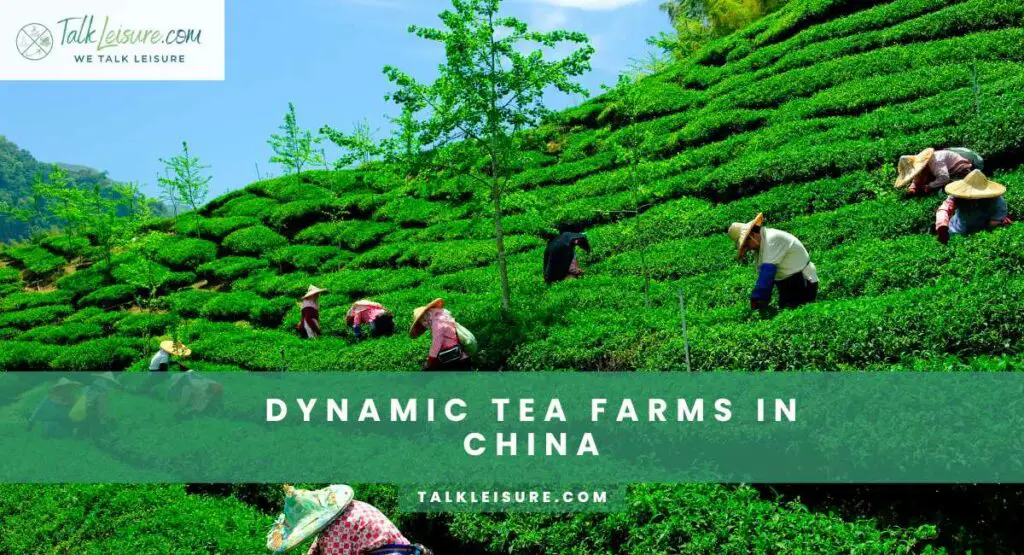
Birthplace of the World’s Tea Journey
Yunnan, the cradle of tea, is where the world’s tea journey began. With ancient tea trees that stand tall like guardians of time, this province in southwestern China is a living museum of tea history. The teas from Yunnan are not just beverages; they’re a sip of history itself.
Fujian, Eastern China: Oolong’s Homeland
Fujian, the cradle of Oolong teas This eastern province is a treasure trove for lovers of semi-fermented teas. From the rugged Wuyi Mountains to the coastal Anxi County, every corner of Fujian tells a story of Oolong’s journey from leaf to cup.
Guilin Tea Garden: Karst Peaks and Tea Fields
Guilin, a place where nature’s beauty rivals that of any painting Karst peaks rise like sentinels, guarding tea gardens that dot the landscape. The unique geological formations infuse the tea with a character as distinctive as the region itself.
Jiangbei: Nurturing China’s Northern Tea Traditions
Jiangbei, a guardian of China’s northern tea traditions. While the south often steals the spotlight, the north has its own tea tale to tell. Here, amidst cooler climates, tea varieties flourish, each carrying the essence of the land from which it springs.
Anhui: Cradle of Diverse Green Tea Varieties
Anhui, a province that cradles an astounding diversity of green teas From the famed Huangshan Maofeng to the delicate Taiping Houkui, Anhui’s tea gardens are a treasure trove for those seeking the nuances of green tea varieties.
Hangzhou: Dragon Well’s Regal Realm
Hangzhou, where Dragon Well tea reigns supreme. This city on the banks of the West Lake is synonymous with the art of tea-making. The flat, emerald leaves produce a brew that’s a testament to the craftsmanship of the tea masters who tend to the gardens.
Mengding Mountain: Yellow Tea’s Sacred Soil
Mengding Mountain, where yellow tea finds its sacred soil Tucked away in Sichuan Province, this region is renowned for producing one of China’s rarest and most revered teas. The delicate processing method gives Mengding Huangya its distinctive golden hue and mellow flavor.
Qimen County: Essence of Keemun’s Mastery
Qimen County is the essence of Keemun’s mastery. Situated in Anhui province, this region has perfected the art of crafting Keemun black teas. With their small, fine leaves and complex flavors, Qimen teas are a testament to the dedication of the tea artisans.
Junshan Island: Birthplace of China’s Yellow Tea
Junshan Island, the birthplace of China’s yellow tea. Situated in Hunan Province, this island on Dongting Lake is steeped in history and tradition. The unique processing method gives Junshan Yinzhen its distinctive golden color and delicate, nutty flavor.
Conclusion
In conclusion, our journey through the vibrant tea gardens of India, Sri Lanka, and China has been nothing short of a sensory symphony. From the mist-kissed slopes of Darjeeling to the sun-drenched fields of Ruhuna, we’ve witnessed the artistry and dedication that goes into each leaf. These gardens are not just places of cultivation; they are living narratives of culture, history, and nature’s bounty.
So, as you savor your next cup, remember the stories woven into every sip. Let it be a tribute to the generations of hands that nurtured these leaves. Here’s to the ever-entrancing world of tea!
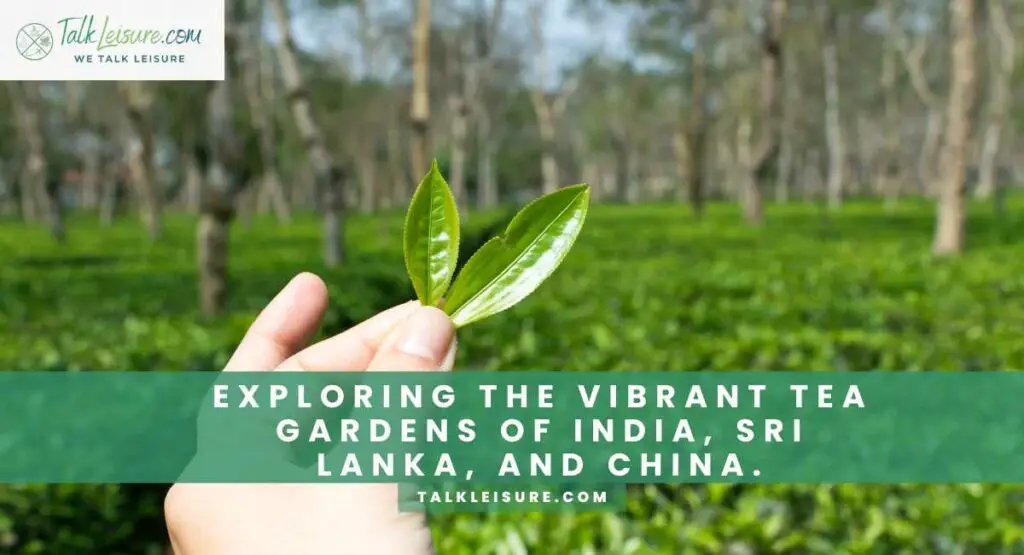
Frequently Asked Questions
- Why Sri Lanka is famous for tea?
Sri Lanka, formerly known as Ceylon, is renowned for its tea due to its ideal climate and terrain. The island’s elevated regions, particularly in Nuwara Eliya and Kandy, provide optimal conditions for tea cultivation. Additionally, the expertise of Sri Lankan tea growers and their dedication to traditional methods have contributed to the exceptional quality and flavor of Ceylon tea, solidifying its global reputation.
- Who set up large tea gardens in India and Sri Lanka?
Large tea gardens were initially established in India and Sri Lanka during the colonial period by British planters. They played a significant role in introducing commercial tea cultivation in these regions. In India, the British East India Company and later private entrepreneurs like Robert Bruce and Maniram Dewan were instrumental in setting up large tea estates. In Sri Lanka (formerly Ceylon), James Taylor is often credited with starting the first commercial tea plantation, which led to the widespread growth of the tea industry in the country.
- Why is tea so important in India?
Tea holds paramount cultural and economic significance in India. It is the country’s most popular beverage, ingrained in daily life and social gatherings. India is also one of the world’s largest tea producers, contributing substantially to the economy and employment. The industry’s historical roots and diverse tea varieties further underscore its importance in India’s heritage and global trade.





